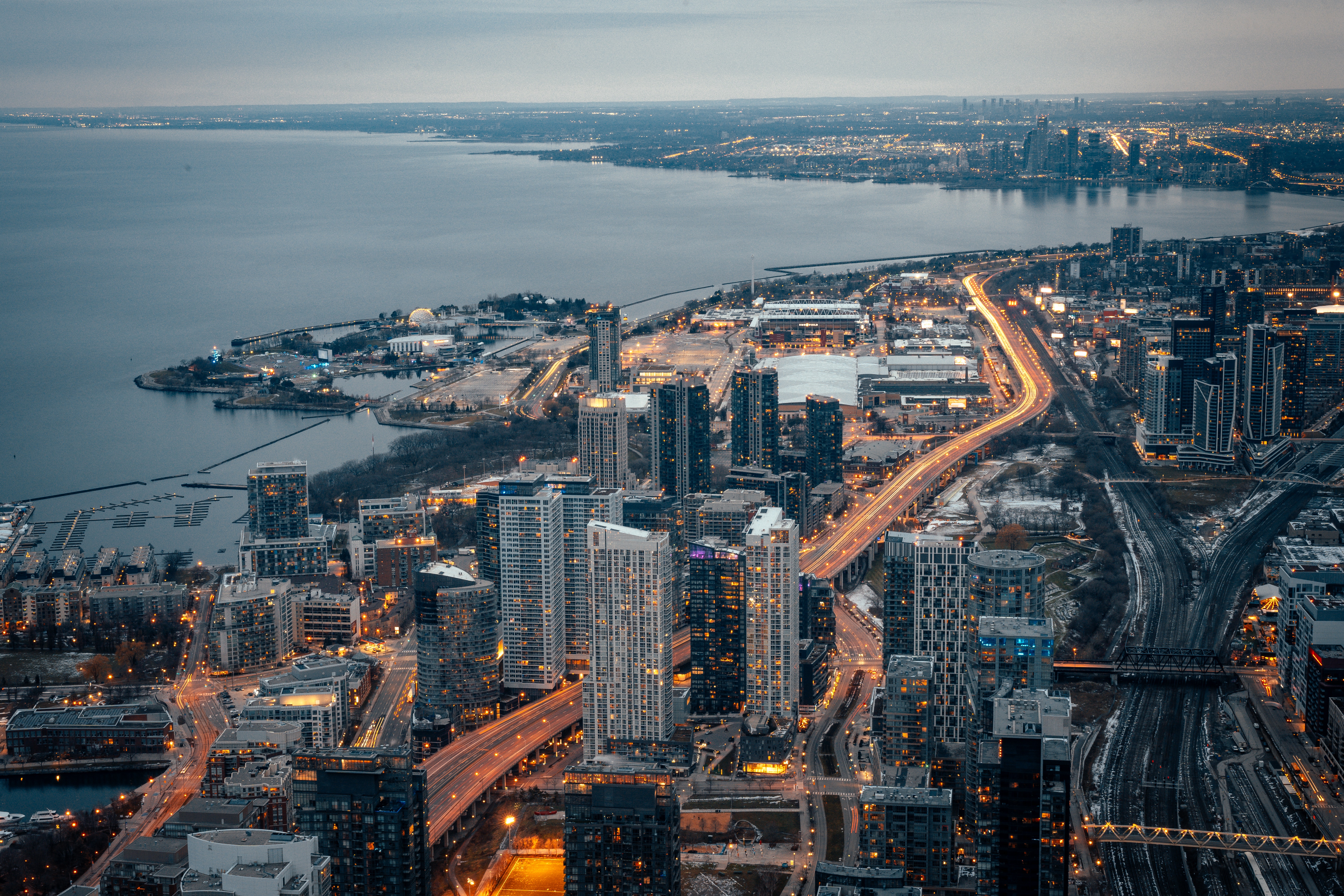What Is a Reserve Fund and Why It Matters
When you buy a condo in Toronto, you’re not just purchasing a unit—you’re buying into a community with shared responsibilities. That includes footing the bill for repairs to common areas like roofs, parking garages, and elevators. Enter the reserve fund: a legally mandated savings account that every condo corporation must maintain to cover the cost of major repairs and replacements.
Ontario’s Condominium Act requires that this fund be reviewed at least every three years by a professional engineer through what’s known as a Reserve Fund Study. A healthy reserve fund protects owners from sudden “special assessments”—those dreaded lump-sum charges when there’s not enough money saved for big-ticket items.
Want to know learn more about why we review status certificates in the first place? Check out our blog post on: Understanding the Importance of Status Certificates
Red Flag #1 – A Reserve Fund That’s Way Too Low
How low is too low?
While there’s no official benchmark, experienced buyers and agents know what to look for. In Toronto, a mid-size condo building should ideally have at least $500,000–$1,000,000 in its reserve fund—more if it’s older or has luxury amenities. Anything substantially below that could spell trouble.
What it tells you
A low reserve balance often means the condo has been under-saving for years. That raises the odds of surprise costs falling to unit owners. It could also mean that major repairs are overdue—or being deferred to avoid raising fees.
What About New Condos?
It’s totally normal for brand-new condos to have relatively low reserve fund balances in their early years. Most developers seed the fund with an initial contribution, but the bulk of future savings comes from monthly fees paid by owners over time.
That said, even in a new building, the initial Reserve Fund Study should outline a detailed contribution schedule that shows the fund growing gradually—and sustainably. Be wary if:
- The fund balance stays flat for several years
- Contributions are delayed or minimized
- There’s no clear funding plan for long-term repairs
A low balance alone isn’t a red flag in year one—but a poorly planned trajectory is.
Red Flag #2 – No Recent Reserve Fund Study
Condo boards are legally required to commission a Reserve Fund Study every three years. If a building hasn’t updated its study in that timeframe, it’s out of compliance.
Even worse: the older the study, the less accurate it is in predicting upcoming expenses. Without current data, you’re flying blind as a buyer.
Learn more on Ontario.ca’s Reserve Fund overview.
Red Flag #3 – The “Contribution Holiday” Trap
Some condo boards try to keep monthly fees artificially low by taking a so-called “contribution holiday”—pausing regular payments into the reserve fund. While this may look good on paper, it’s a short-term fix that can lead to long-term pain.
We once had a buyer eyeing a charming boutique condo downtown. The unit was gorgeous. But when we reviewed the financials, the reserve fund was barely funded—just $220,000 for a 25-year-old building with aging infrastructure. Worse still, the Reserve Fund Study warned of upcoming shortfalls of $15,000 per unit. The board had been on a contribution holiday for two years.
The buyer walked. Smart move.
Red Flag #4 – History of Special Assessments
If a building has a history of levying special assessments, take notice. These one-time fees—sometimes $10,000 to $30,000 per unit—usually mean the reserve fund was underfunded when a big repair came due.
Ask to see previous AGM (Annual General Meeting) minutes or speak with the property manager. Frequent assessments may point to chronic mismanagement.
Red Flag #5 – Expensive Repairs Coming, No Money Saved
What’s worse than a low reserve fund? A low reserve and a big-ticket repair right around the corner. We’re talking about:
- Elevator replacements
- Parking garage membrane repairs
- Roof and window overhauls
These aren’t optional. And if the building hasn’t budgeted for them? Owners will be footing the bill.

Pro Tip – What Smart Buyers Should Always Check
Ask to see the Reserve Fund Study
It should be recent, realistic, and detail how the fund will grow over time.
Read AGM minutes for hidden clues
Sometimes future problems are only hinted at in board meeting notes. Don’t skip them.
Have your lawyer review the Status Certificate
Yes, every time. A good real estate lawyer knows exactly where to look.
Final Thoughts: It’s Not Just About the Unit
You might fall in love with the layout, the finishes, or that view—but none of that will matter if your building’s finances are in rough shape.
Spotting these red flags early can save you tens of thousands—and a lot of future stress.
Ready to Buy Better?
Before you commit to a condo, make sure you’re not inheriting someone else’s financial mess. The lawyers we work with, have reviewed hundreds of status certificates—and know what to look for (and when to walk away).
Contact us today or send us a message below, for a no-pressure chat about your next move!





